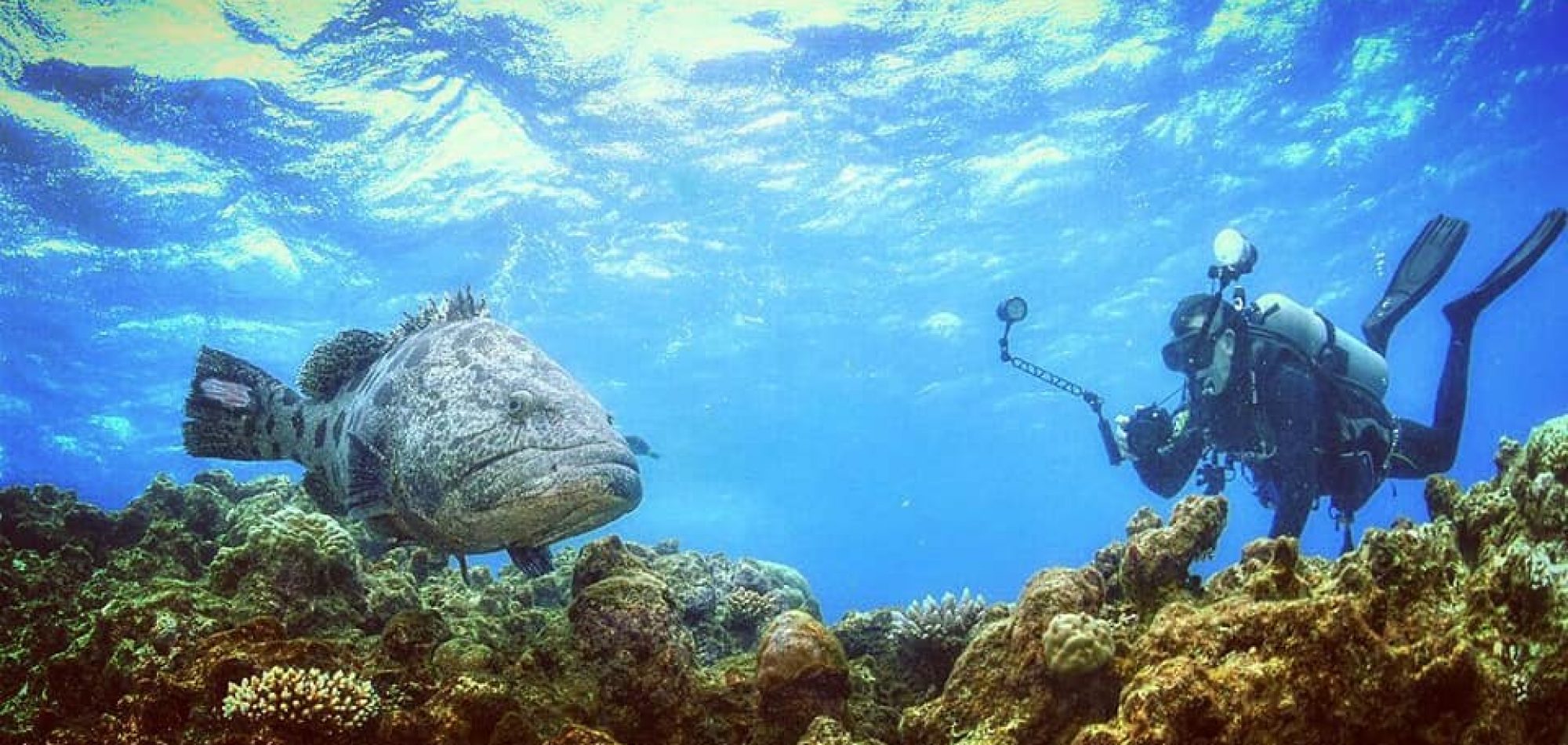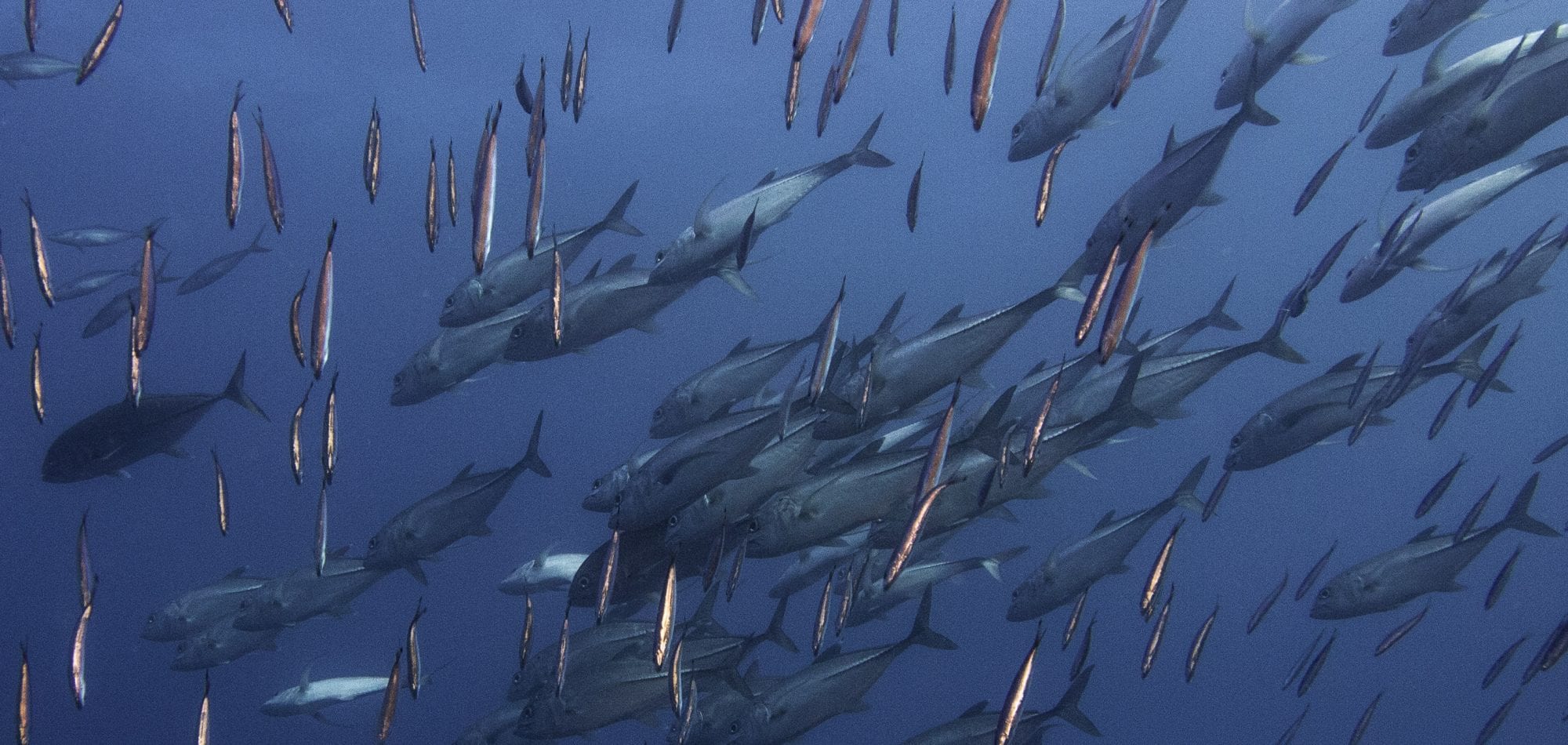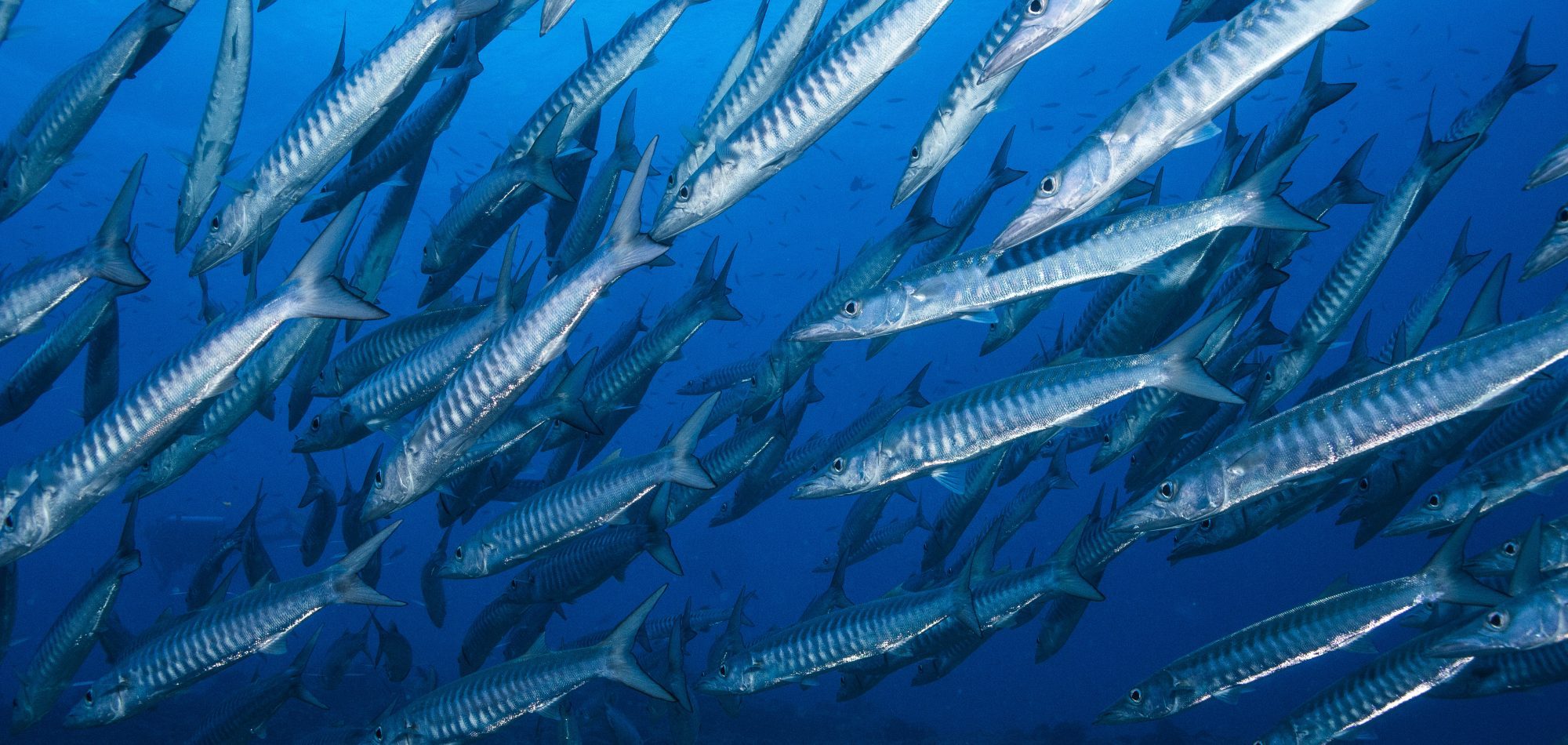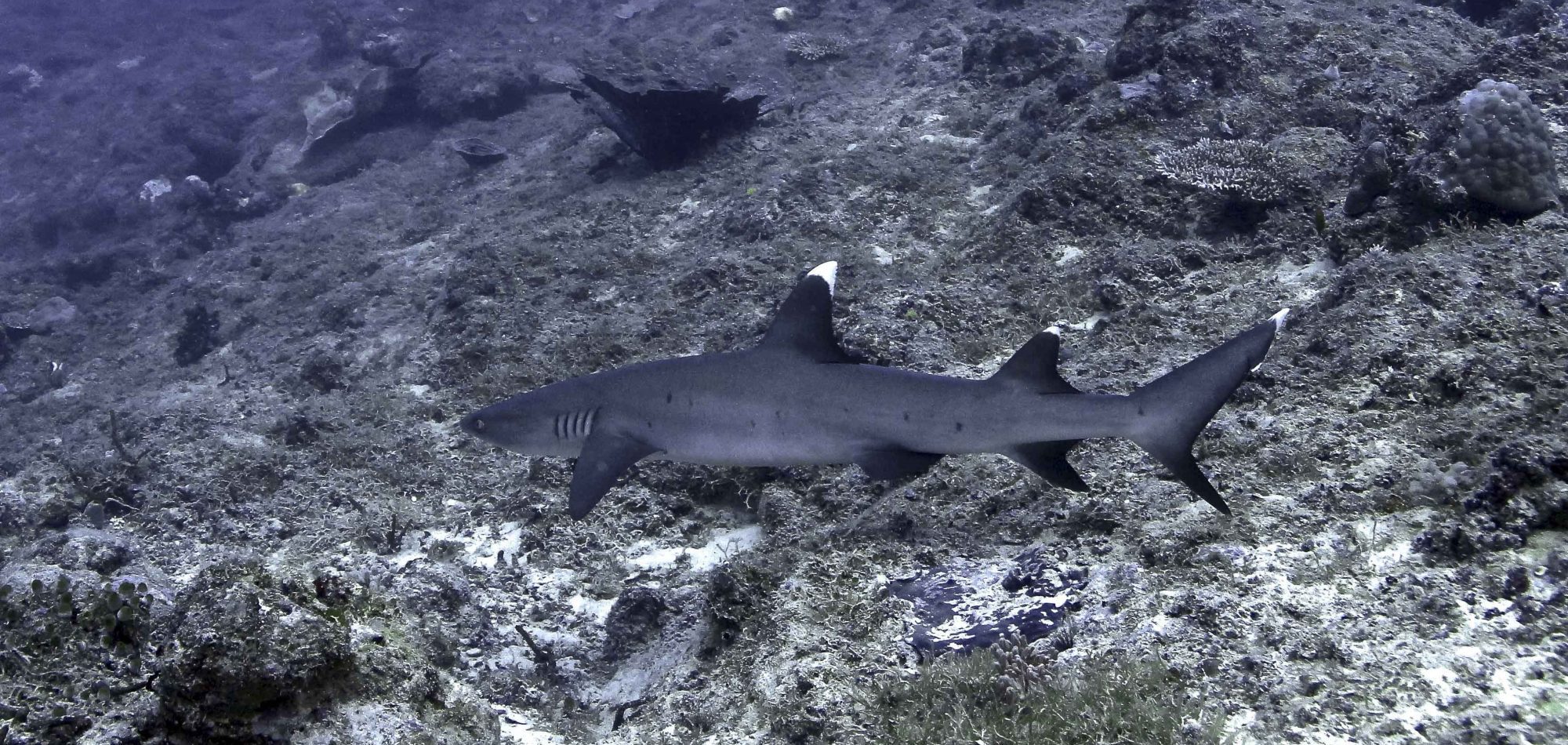

Experience the Best of Australia’s Cod Hole, Ribbon Reefs and Liveaboards
It’s estimated by Scubanomics that there are about six million active scuba divers worldwide.
Many people have scuba diving Australia’s Cod Hole, Ribbon Reefs and Liveaboards on the top of their bucket lists and for good reason.
Australia’s underwater world is a realm of unparalleled beauty, diversity of marine life, and adventure, offering some of the best dive sites in the world being the Ribbon Reefs and Cod Hole.
While the Great Barrier Reef has always been one of the top diving spots in the world, there are many other places along the East Coast and West Coral Coast where experienced divers can immerse themselves in the underwater beauty and mystery of Australia.
This guide is going to explore some incredible dive sites that you won’t want to miss on your next diving vacation.
Scuba Diving Ribbon Reefs
One of our top recommendations for anyone looking to Dive in Australia is Ribbon Reefs. On the northern edge of the Great Barrier Reef are pristine coral formations. They’re around 120 kilometres long. This reef has a diversity of coral and lots of vibrant and stunning marine life.
While scuba diving Ribbon Reefs, you can expect to be amazed by the vast visibility, variety of colours and tropical fish. You’ll likely see angelfish, butterflyfish, large schools of pelagic fish, sea snakes.
You may even see some reef sharks and rays in their natural habitat.
You can access the Ribbon Reefs and Cod Hole at any time during the year. However, scuba diving Ribbon Reeds are the best in the dry season. This is between May and October. The visibility while scuba diving ribbon reefs during this time is great, and the water is comfortable, so you don’t have to worry about being cold.
During the winter months (June-July), Dwarf Minke Whales inhabit the Ribbon Reefs making it a lifetime memorable encounter with these inquisitive majestic whales.
Scuba Diving Cod Hole
Scuba diving the Cod Hole is another great experience you won’t want to miss. It’s located in the northern part of the Ribbon Reefs.
It’s famous for and named after the enormous potato cod. They are very friendly but can be intimidating as they can weigh up to 100 kilograms. Be sure to bring your underwater cameras when you’re scuba diving Cod Hole as you’ll have lots of opportunities to take photos of these curious creatures.
Don’t be surprised when the Cod approach you. You’ll also see schools of fish surrounding you. The Cod Hole’s weather conditions are the same as to diving the Ribbon Reefs as most liveaboard trips combine both dive locations in their itineraries.
Liveaboard Diving
To fully embrace the wonders of the Ribbon Reefs and the Cod Hole, consider embarking on a liveaboard diving adventure. If you decide to do this option, you’ll be able to dive multiple times a day and visit more remote dive spots.
It’s important to keep in mind that scuba diving Australia’s Great Barrier Reefs on a liveaboard requires some extra planning so consider Australia’s best liveaboard diving travel company, Dive in Australia.
Liveaboard Diving Off the Australian Coast: What You Need
When you’re planning on a liveaboard trip you need to consider your budget in terms of cabin types available, hiring of dive gear versus bringing your own diving equipment plus what are the facilities available on the liveaboard vessel.
Bring your dive logbook if available. Some operations may want to see proof of your previous experience particularly diving the Ribbon Reefs, Cod Hole and Coral Sea you will require an Advanced diving certification. All trips provide open water certified divers the opportunity to complete their Advanced Open Water Certifications.
Doing research before taking your trip will ensure you’re properly prepared. The water temperatures in Australia are typically warm, but it never hurts to check when you’re packing your equipment.
Preserving Australia’s Underwater Heritage
While scuba diving in Australia’s Great Barrier Reefs is an amazing experience and opportunity, we need to make sure we protect all marine life. The marine ecosystems in Australia can be very fragile and it’s our responsibility to use sustainable diving practices.
The scuba diving instruction list will have detailed steps that you’ll need to follow to ensure you’re doing your part. This will include the leave-no-trace principle. Don’t leave trash, cameras, or anything else behind in the water.
It also means you’ll need to refrain from touching or damaging coral and marine life. You are there to observe only.
Scuba Diving Instruction
Before setting off to dive in Australia, you’ll need to listen carefully to the scuba diving instructions given to you by your guide.
Rules and regulations are in place to ensure your safety and enjoyment. Your instructor is going to be more familiar with the area and will know the best spots, so you can see a variety of wildlife.
Before you dive in Australia, you’ll need to ensure you’re booking your courses and tours through a reputable diving school or centre. Here at Dive in Australia, we have built a reputation for providing the right advice to match the trip to your experience and expectations. Our firsthand experience having dived and worked with all the tour operators and dive centres featured on our website has earned us Australia’s best liveaboard diving travel company.
Be sure to look at our reviews. The team at Dive in Australia will ensure that you get the best scuba diving advice and information.
Scuba Diving Australia’s Great Barrier Reefs
Scuba diving Australia’s Cod Hole, Ribbon Reefs and Liveaboard adventures can be a once-in-a-lifetime opportunity.
There’s a big misconception that scuba diving Australia’s great barrier reefs are only for experienced or advanced divers. Whether you’ve been scuba diving for years or are a beginner eager to learn and enjoy the sea, we can help you.
We at Dive in Australia have dived and worked with all the dive centres and operators running liveaboard trips, dive courses and day tours to the Great Barrier Reef. Send us an inquiry here, and our team will be happy to answer your questions and get you set up to dive in Australia.
Available Trips


















